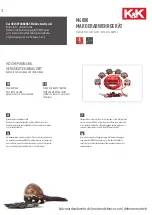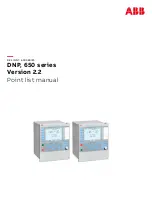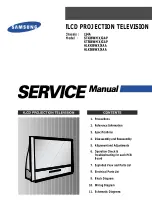
14
14. Spray the entire suit with a gentle soap and water solution of
0.5% soap to water by weight. Pay particular attention to the
seams and zippers.
15. Examine any area of the suit where bubbles are forming and take
action depending on the severity as follows (note that bubbles
forming at a rate of less than one per second are probably not
leaks):
16. Small foamy bubbles collecting slowly on seam: Entrapped air. No
leak present, no action required.
17. Small foamy bubbles collecting quickly on seam: Uncertain.
Agitate seam around bubbles to remove any entrapped air. If
bubbles persist after 10 minutes then consider as leak, mark leak
area with a china marker, and document on the inspection record.
18. Steady stream of larger bubbles: Leak. Mark leak area and
document on the inspection record.
19. Any other type of bubble formation or any sign of bubbles on a
panel shall be treated as a leak.
20. When the test is completed, move the control lever to the off
position. Remove the clamps from the suit and disassemble the
rest of the test kit. Hang the suit to dry.
SUMMARY
The Mustang Survival Dry Suit Test Kit Model MA8836 should be used
with Mustang Survival dry suits. Ensure qualified technicians use this
equipment. A well-maintained suit means survival in emergencies for
which normal clothes were not designed.
CAUTION: The use of metal hangars may damage the
dry suit.
REPAIRS
The protection provided by this dry suit relies very much on its
watertight characteristics. It is extremely important that damaged suits
are handled in accordance with the following repair requirements.
If your suit is configured for use with Mustang’s heat activated
seal replacement system, seal replacement can be accomplished by
following the instructions provided in the section below.
Qualified repair personnel can normally perform minor repairs, with
adequate facilities. The manufacturer should perform all major repairs.
















































